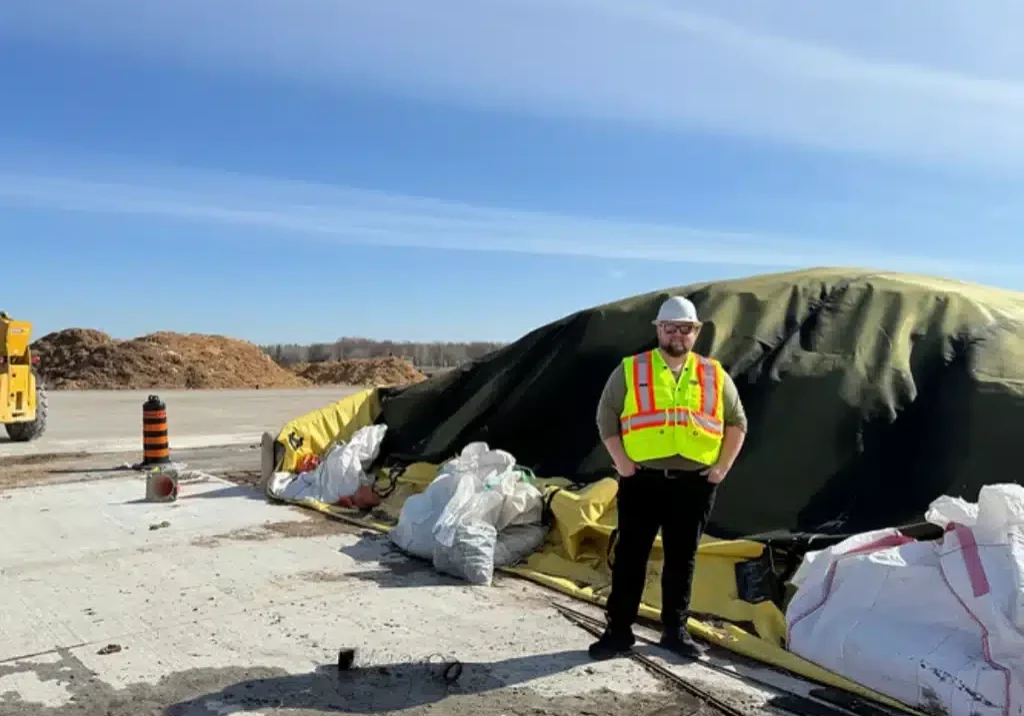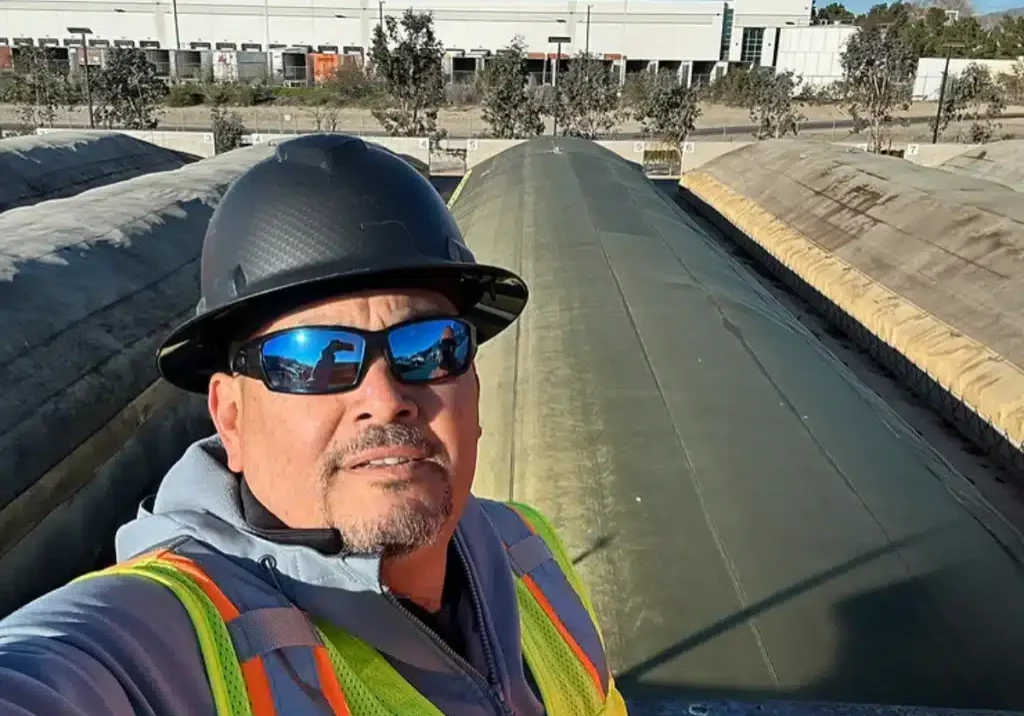
Why Smart Composting Facility Operators Keep Stormwater and Leachate Separate
Compost facility operators typically deal with an increase in stormwater runoff while managing process water (leachate) during heavy storms.
Process water, or leachate, is a liquid that drains from compost piles and contains nutrients and organic matter. While it can be beneficial as a fertilizer for plants, it can also be highly concentrated and potentially harmful if it reaches waterways, and may even contain pathogens that can be harmful to human health if ingested or come into contact with skin.
Stormwater, on the other hand, is rainwater that runs off surfaces and can pick up pollutants such as chemicals, oil, and sediment as it flows across surfaces. If it is not properly managed and treated, it can lead to water pollution, flooding, and erosion.
Co-mingled leachate with stormwater requires more complex water management systems for the capture of co-mingled compost pad leachate/surface water, which may include more costly systems for capture, treatment, and has the potential as a source of odors.
Smart composting facility operators know how important it is to have a clear separation of stormwater and compost pile leachate to ensure that each type of water is managed properly and treated appropriately. This effort will help to protect the environment, save money on water treatment, and promote sustainable practices for managing organic waste.
SG’s expert operator experience was used to design the SG BUNKER® System to provide facilities with better process control and offer clear separation of stormwater and leachate.
The GORE® Cover is a waterproof, breathable membrane that seals out stormwater while the unique SG BUNKER® System design allows for the capture of process water. This design collects and reuses the leachate (if necessary), back in the composting process, which has a two-fold effect of separating the leachate while reducing demand on outside sources for water (of particular importance in drought-prone regions).
Keeping stormwater and leachate separate also reduces the demand for energy-intensive, costly, and complex stormwater management systems.
Other aerated static pile (ASP) systems that use negative air, reversing air, or positive air with a biolayer cap are unable to maintain clear separation of stormwater from leachate. To get the same water management performance as an SG System, the other ASP technologies would require a building or roof covering them. This solution requires significantly higher initial (and ongoing maintenance) capital costs than the SG BUNKER® System.
Water quality management was a critical success factor in the selection of the SG BUNKER® System for a recent project constructed and operating in Northern California (shown below). With abundant rainfall and nearby natural water features, this facility required a system that offered best-in-class process management and environmental protections.
SG ADVANCED COMPOSTING™ Technology provides the highest level of process control, VOC and odor management, moisture control, and visibility into the efficiency of the composting system, including temperature and oxygen management.
Reduce the influence of stormwater in active composting piles with the SG BUNKER® System and achieve proven, reproducible, repeatable results.
Contact Us
Our Blog
Projects, Technology, and News
Explore our blog to discover more about our projects, technology advancements, and exciting news.
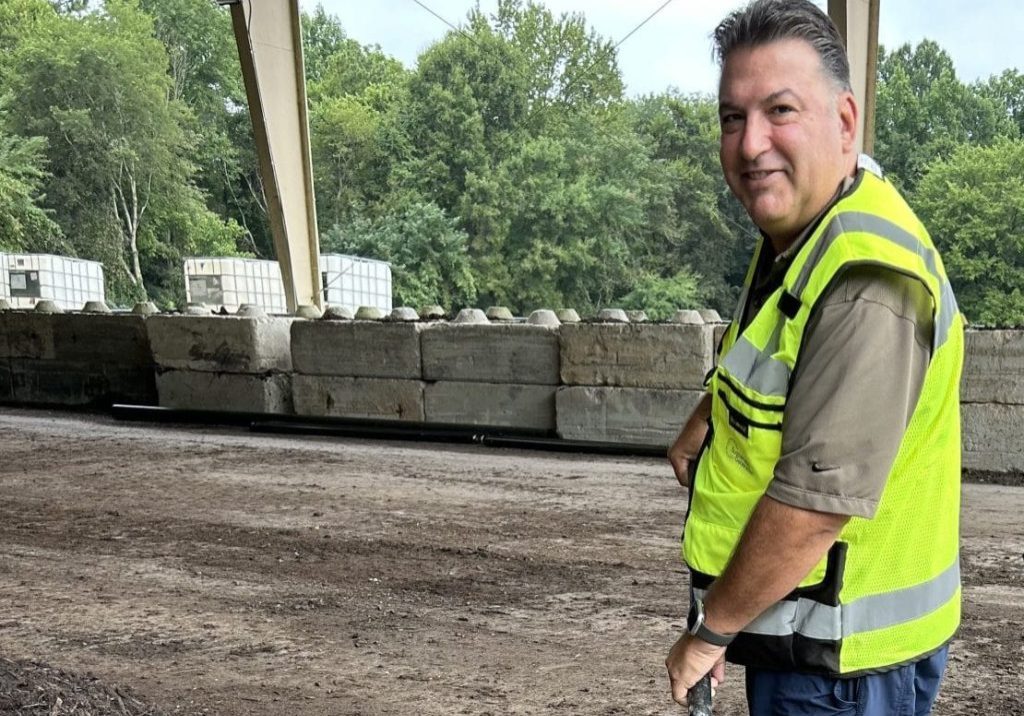
INTERVIEW WITH A BIOSOLIDS EXPERT
Biosolids expert Dan Collins, P.E., shares insights on safe, efficient composting.
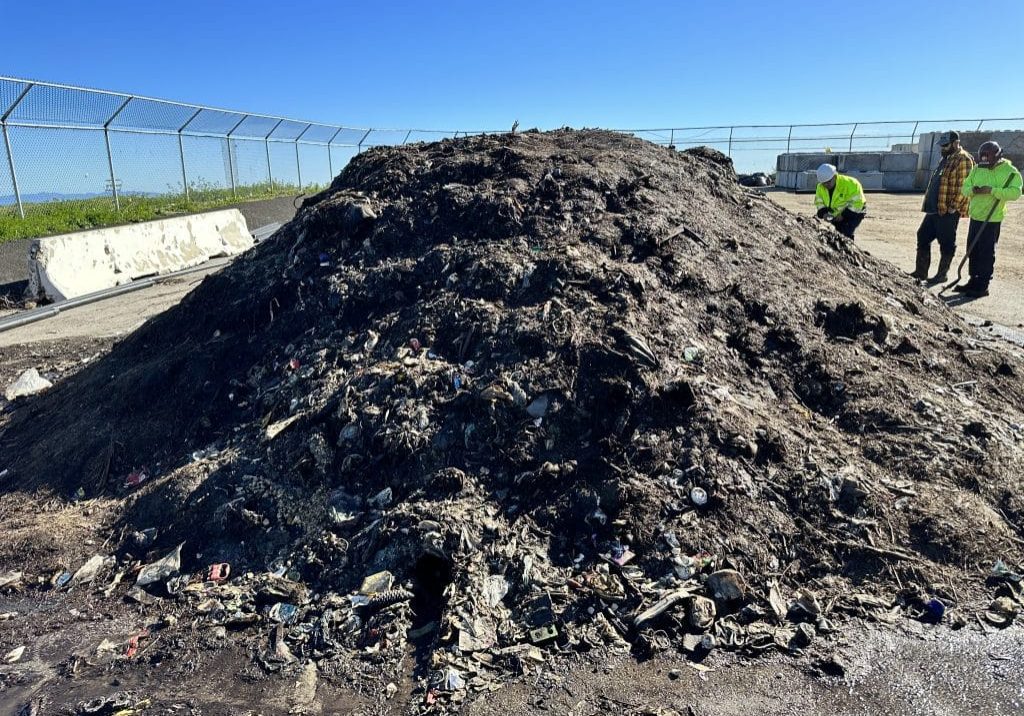
Summary of Performance GORE® Cover and Negative ASP
GORE® Cover was evaluated to quantify the performance versus an existing negatively aerated static
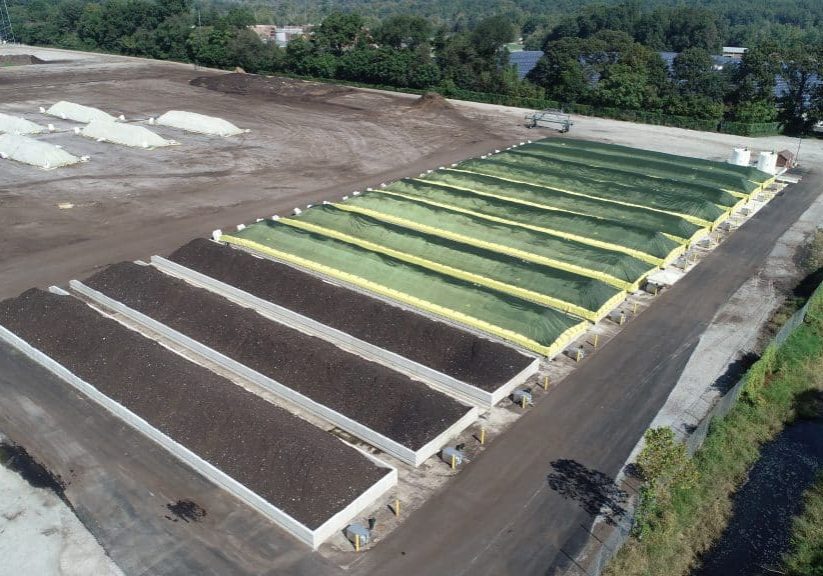
Composting Facility Delivers Significant Environmental Protection
The East Coast’s largest food waste composting site processes 57,000 tons of organics annually.
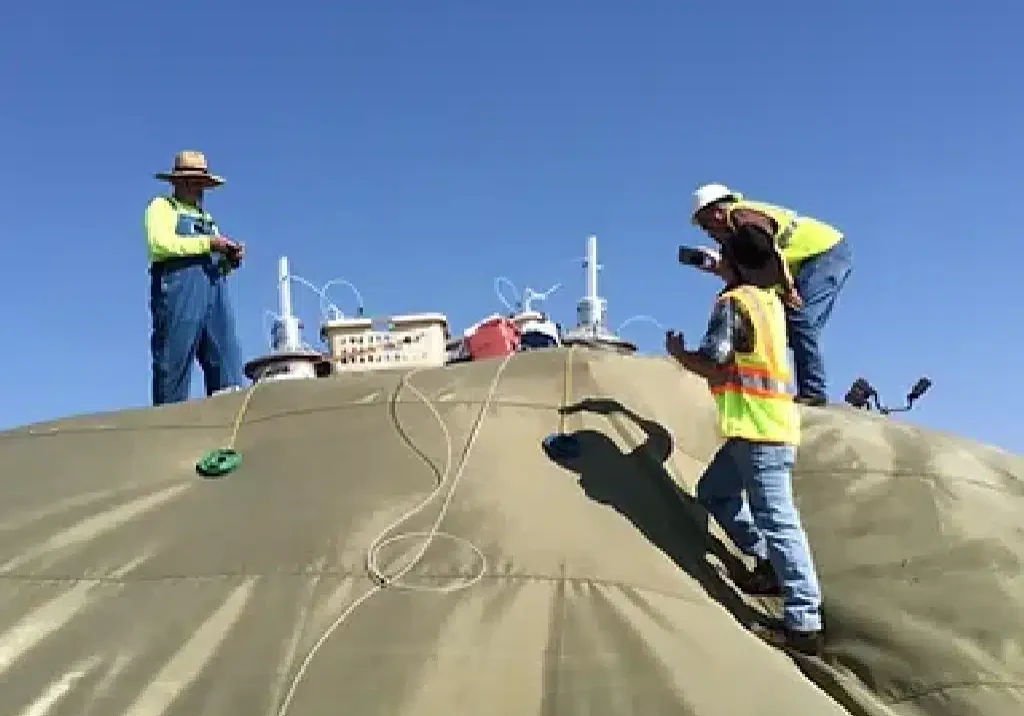
Exceeding Air Quality VOC Emission Regulatory Compliance in California
SG systems consistently meet and exceed California air quality regulations.
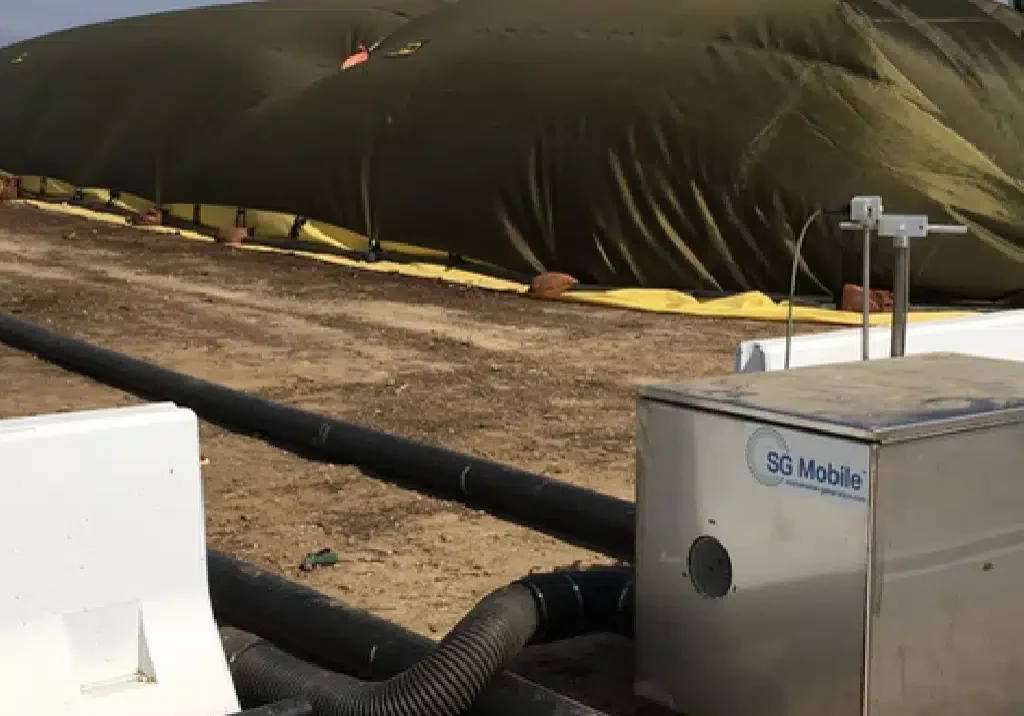
Positive ASP Composting: the Future of Organics
Two of the biggest issues faced by commercial composting operators are emissions (odor and
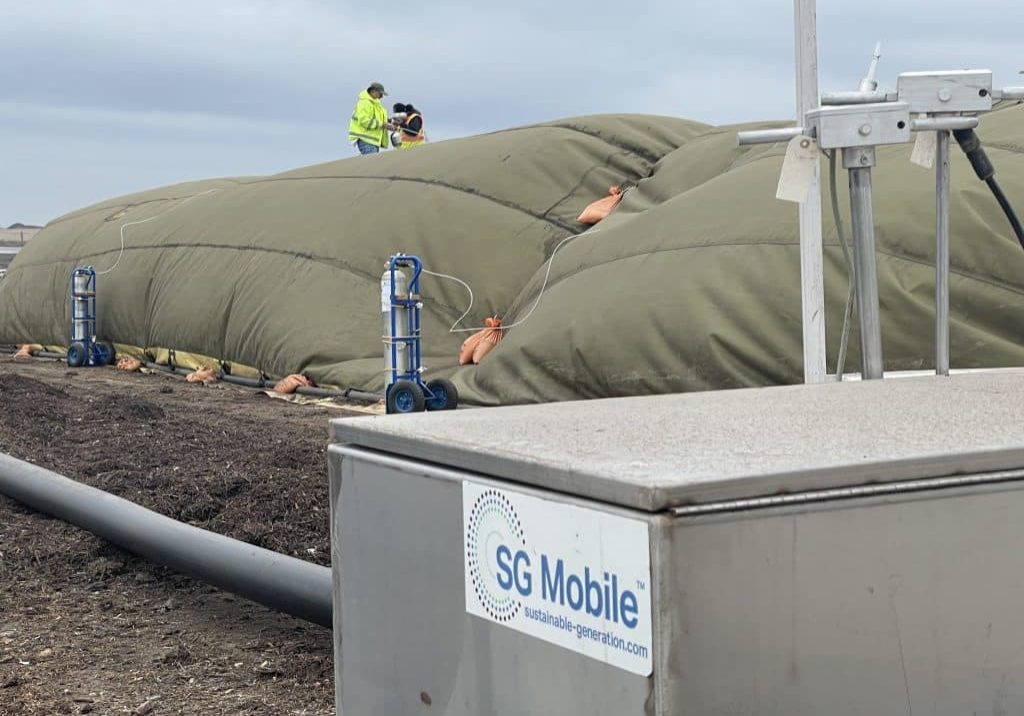
Proven Results: Over 20 Years Reducing Odors and Emissions in California
Sustainable Generation, LLC and the GORE® Cover have a long track record of success.
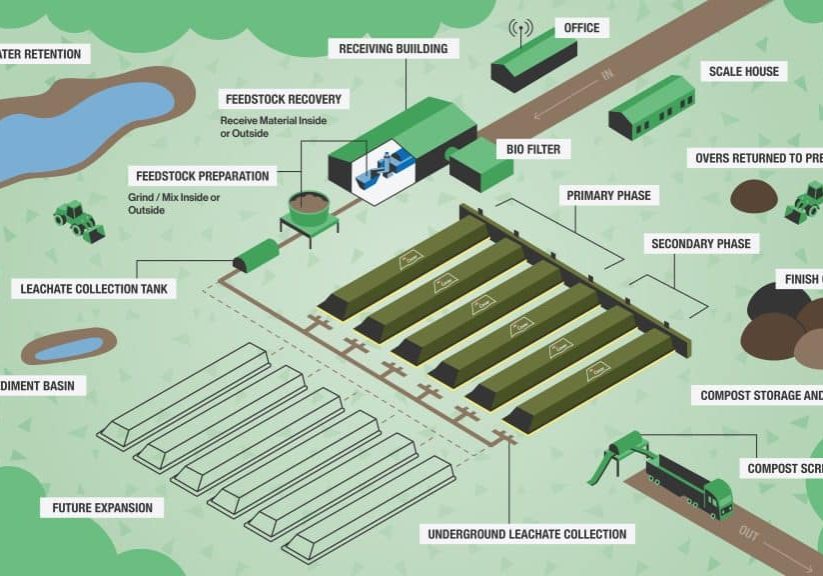
Why Smart Composting Facility Operators Keep Stormwater and Leachate Separate
During heavy storms, composting facilities face increased runoff and leachate.




